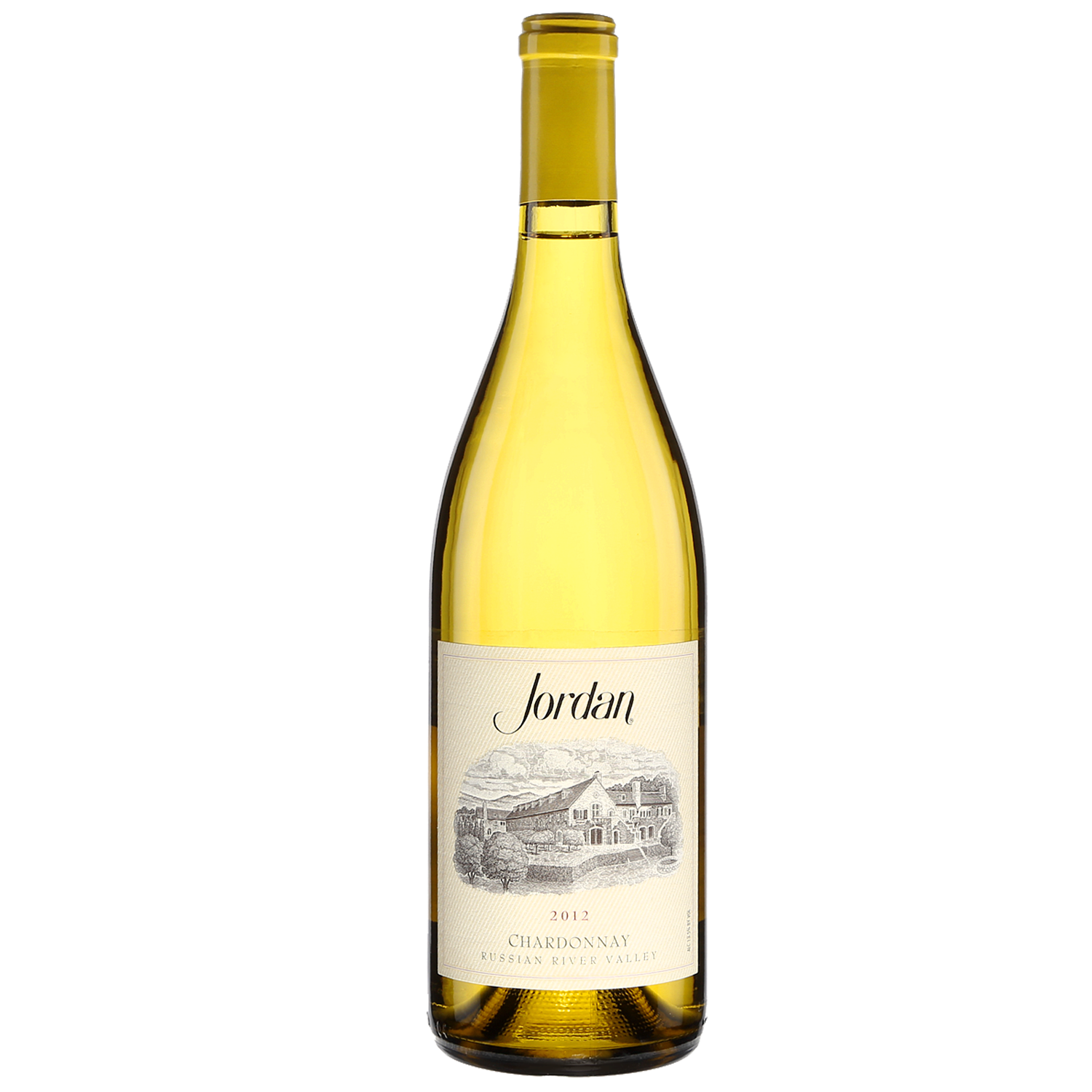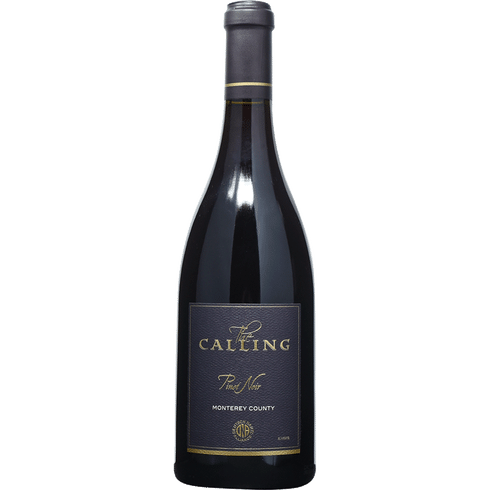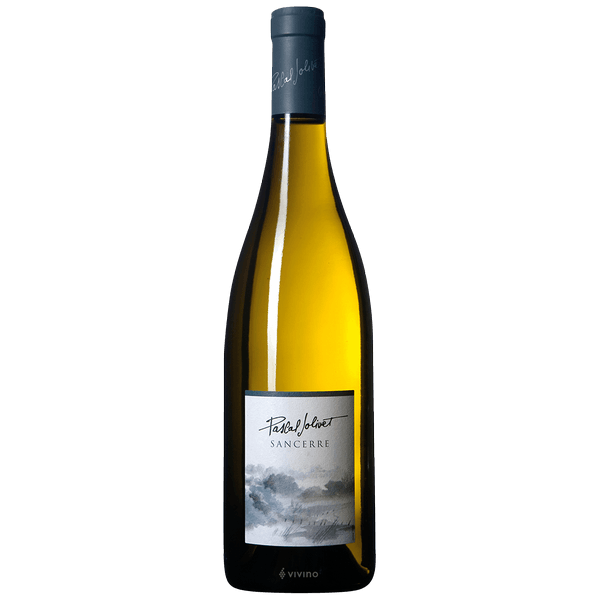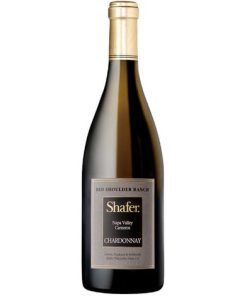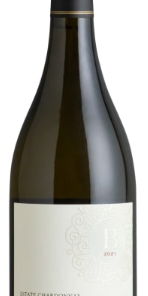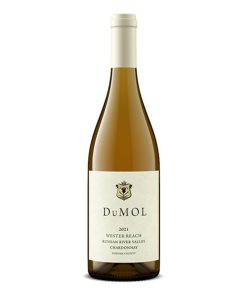-
×
 2021 AXR Napa Valley Red Blend
1 × $39.99
2021 AXR Napa Valley Red Blend
1 × $39.99 -
×
 2021 Langmeil SGM Three Gardens
1 × $25.00
2021 Langmeil SGM Three Gardens
1 × $25.00 -
×
 2022 Domaine du Salvard Pinot Noir Unique 750ML
1 × $17.99
2022 Domaine du Salvard Pinot Noir Unique 750ML
1 × $17.99 -
×
 Thibaut-Janisson Fizz 750ML
1 × $24.99
Thibaut-Janisson Fizz 750ML
1 × $24.99 -
×
 2020 Colin Barollet Savigny-les-Beaune 750ML
1 × $30.99
2020 Colin Barollet Savigny-les-Beaune 750ML
1 × $30.99 -
×
 2019 Adelsheim Staking Claim Chardonnay 750ML
1 × $42.99
2019 Adelsheim Staking Claim Chardonnay 750ML
1 × $42.99 -
×
 Shumi Wine Georgica Saperavi Dry Red 750ML
1 × $20.99
Shumi Wine Georgica Saperavi Dry Red 750ML
1 × $20.99
2020 Jordan Winery Chardonnay Russian River Valley
$32.99
Out of stock
2020 Jordan Winery Chardonnay Russian River Valley
2020 Jordan Winery Chardonnay Russian River Valley A 2020 vintage defined by its crispness, vibrancy and freshness. Pretty aromas of honeysuckle, lemon blossom and Fuji apple spring from the glass. The palate boasts bright, lively layers of citrus with a hint of oak and creaminess from careful barrel aging and bâtonnage. Flavors of kumquat, lemon and Fuji apple linger in the juicy, mouthwatering finish. Enjoy now or cellar through 2023.
Jordan Winery
A vintage defined by its crispness, vibrancy and freshness. Pretty aromas of honeysuckle, lemon blossom and Fuji apple spring from the glass. The palate boasts bright, lively layers of citrus with a hint of oak and creaminess from careful barrel aging and bâtonnage. Flavors of kumquat, lemon and Fuji apple linger in the juicy, mouthwatering finish. Enjoy now or cellar through 2023.
Chardonnay
Chardonnay is the world’s most famous white-wine grape and also one of the most widely planted. Although the most highly regarded expressions of the variety are those from Burgundy and California, many high-quality examples are made in Italy, Australia, New Zealand and parts of South America. Describing the flavors of Chardonnay is not easy. While many Chardonnay wines have high aromatic complexity, this is usually due to winemaking techniques (particularly the use of oak) rather than the variety’s intrinsic qualities. Malolactic fermentation gives distinctive buttery aromas. Fermentation and/or maturation in oak barrels contributes notes of vanilla, smoke and hints of sweet spices such as clove and cinnamon. Extended lees contact while in barrel imparts biscuity, doughy flavors.
Because of this high level of winemaker involvement, Chardonnay has become known as the “”winemaker’s wine””. The variety itself (although often said to be relatively flavor-neutral) is responsible for most of the fruity flavors found in Chardonnay wines. These range from the tropical (banana, melon, pineapple and guava) to stonefruits (peach, nectarine and apricot), citrus and apples. Climate plays a major role in dictating which fruit flavors a Chardonnay will have. Broadly speaking, warm regions such as California, Chile and much of Australia tend to give more tropical styles. Temperate zones such as southern Burgundy or northern New Zealand create wines marked out by stonefruit notes. The very coolest Chardonnay vineyards (those in Chablis, Champagne and Germany) lean towards green-apple aromas.
Mineral descriptors such as chalk, wet stones and crushed seashells also find their way into Chardonnay tasting notes. These are sometimes attributed to the soils in the vineyard, although the relationship between soil and wine flavor has become widely exaggerated. The most famously minerally Chardonnay wines are those of Chablis, one of the very few wine regions to focus on a largely unoaked style of Chardonnay. Although most famous for its still, dry wines, Chardonnay is used to produce an impressively diverse range of wine styles. The variety is put to use in sparkling wines all over the world (most famously Champagne), when it is usually paired with Pinot Noir.
Related products
Deal
Wines!
Wines!
97pts WE 96pts JS 95pts Decanter 95pts JD 94pts WA Save 29%
Deal
Wines!
Wines!
Chardonnay
SAVE 33% 92pts TWI 93pts Decanter
Deal
Wines!
Wines!
SAVE 36% 98pts Andrew Jeffords Decanter
Deal
Wines!
Wines!
Chardonnay
95pts WE
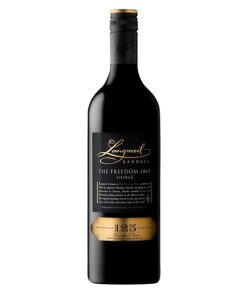 2021 Langmeil SGM Three Gardens
2021 Langmeil SGM Three Gardens  2022 Domaine du Salvard Pinot Noir Unique 750ML
2022 Domaine du Salvard Pinot Noir Unique 750ML  Thibaut-Janisson Fizz 750ML
Thibaut-Janisson Fizz 750ML 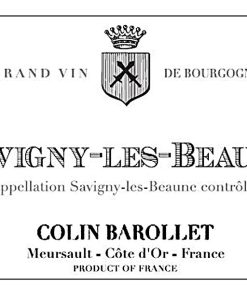 2020 Colin Barollet Savigny-les-Beaune 750ML
2020 Colin Barollet Savigny-les-Beaune 750ML 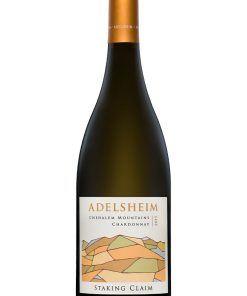 2019 Adelsheim Staking Claim Chardonnay 750ML
2019 Adelsheim Staking Claim Chardonnay 750ML  Shumi Wine Georgica Saperavi Dry Red 750ML
Shumi Wine Georgica Saperavi Dry Red 750ML 